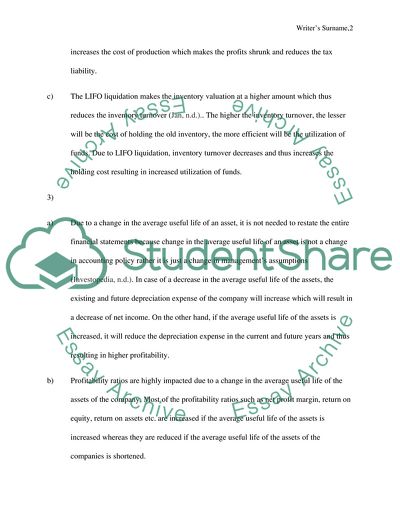Six Flag Assignment Example | Topics and Well Written Essays - 1250 words. https://studentshare.org/finance-accounting/1820420-six-flag
Six Flag Assignment Example | Topics and Well Written Essays - 1250 Words. https://studentshare.org/finance-accounting/1820420-six-flag.


